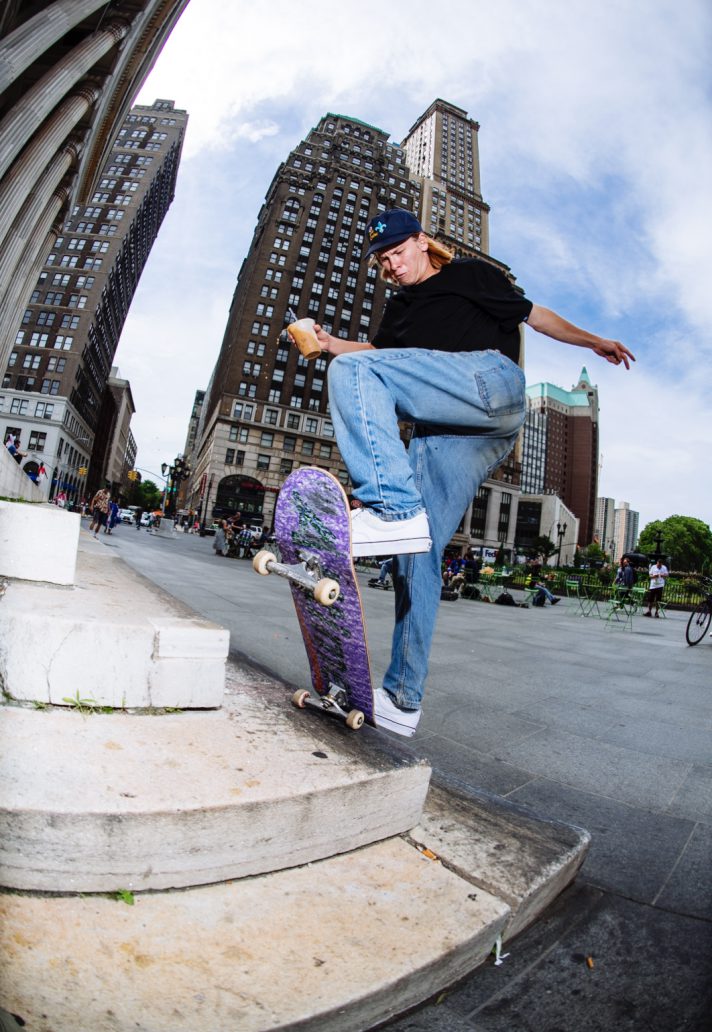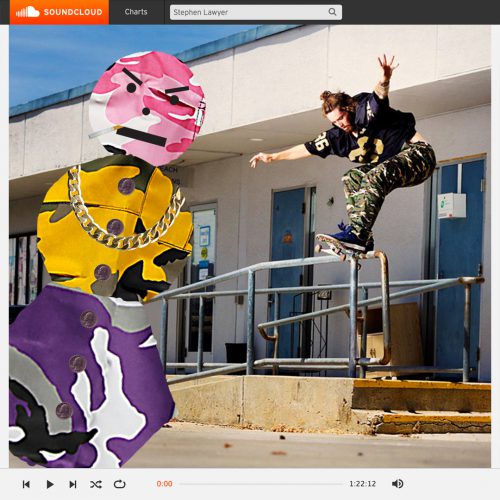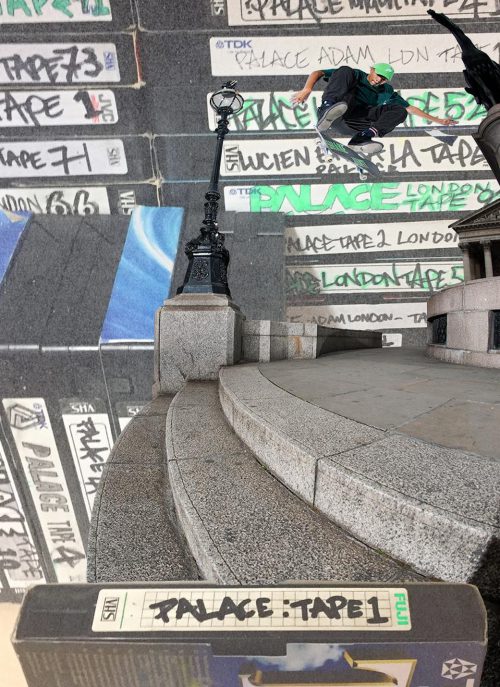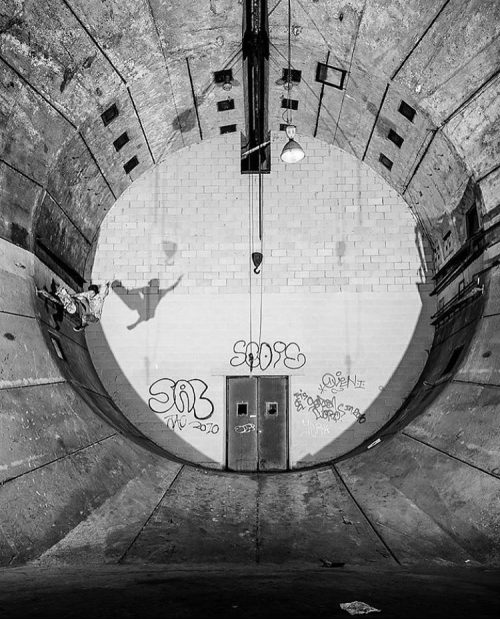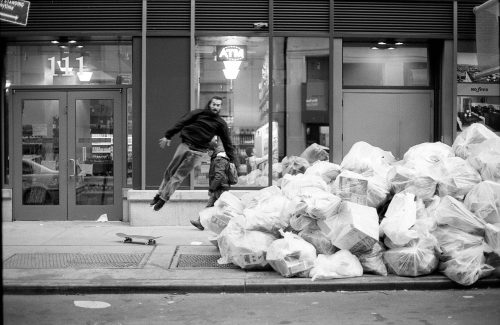Photo by Colin Sussingham
Sometimes it feels like there is little incentive to be kind to our fellow humans during this cruel crossroad of human history. And kindness within skateboarding is no exception — nobody ever woke up to a Monster Energy Mercedes G-Wagon in their driveway for patiently waiting their turn at the skatepark. Earning the privilege of being paid to skate is as competitive as ever. I mean, don’t people find it a bit convenient that Ishod would “roll his ankle” in Toronto (his opponent’s city of residence) just days before the World Championship of Skateboarding? (I, Ishod starring Margot Robbie in her most transformative role yet coming to theaters Christmas 2019.)
All jokes aside, the recently pro Dustin Henry is as well known for being a sweetheart as he is for his dancey skateboarding — and not in a standard-issue sweetheart sort of way that all Canadians are born with, but with an extra dose of heart-meltingness that earned him our Skater You’d Be Most O.K. With Your Daughter Dating Award two years in a row. We spoke with him during a hungover week after Glory Challenge and his going pro surprise party to see if there is any truth to old idiom that nice guys finish last.
What was your favorite part of Glory Challenge?
How did it go down?
I was with Breezy [Breana Geering] and she was like, “Nora’s here!” We were in the Dime store, so we went outside looking for her and I was like, “Oh, she probably left, whatever.” Then I saw her from super far away, and we both just had our hands out. It was so cute.
Damn, what was the first thing you guys said to each other?
“Finally!” We chatted a bit and got lots of pictures. I felt bad though because I felt like I was chasing her all weekend. I hit her up every day: “Nora! Where you at?” Then she’s like, “I’m at the hotel.” And the next day I was like, “Nora! Where you at?” And she was like, “At the hotel.” I was too excited
How’d your first couple of days of being pro go? Is everything different? Does the air taste fresher?
I wish I was in New York with you guys. I feel like I should just live in New York — like, living in the place where the company actually is. Montreal is nice though.
Did you have an idea in your head of what being pro would be like when you were a kid?
I guess it was different back then, because you’d see pros that were just living so crazy, just seeing Muska having nice cars and crazy houses.
Want to run down your extensive sponsor history?
I got a package from Supra [Distribution] of Girl boards. Then I started getting City Skateboards. And then City went under, so I rode for Think. And then I rode for Toy Machine. And then I got on Cliché.
What the fuck…
And then I got on Polar. And then Alltimers.






